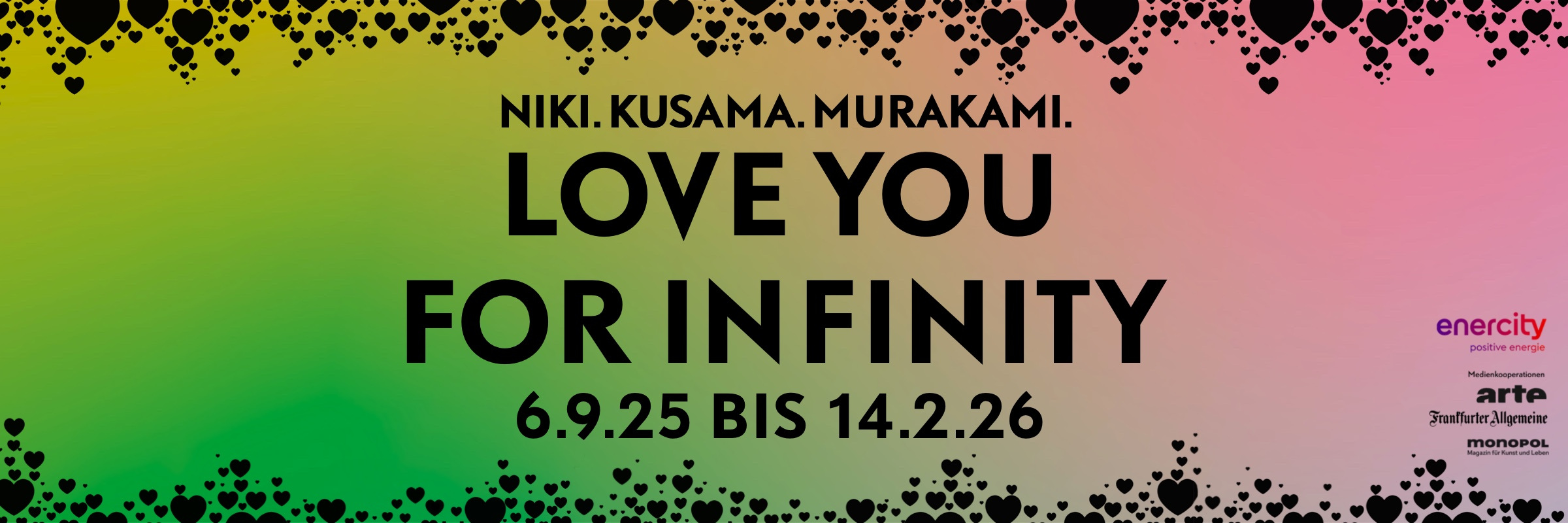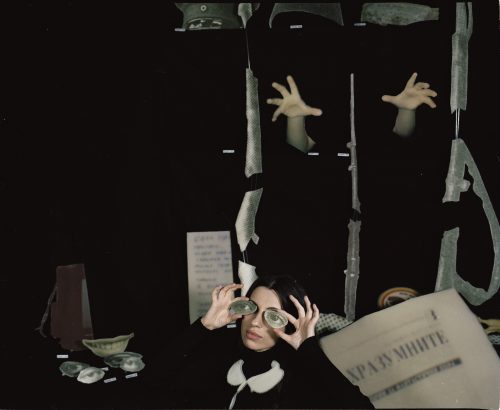
Elise Peroi
A l’ombre de nos paupières baissées
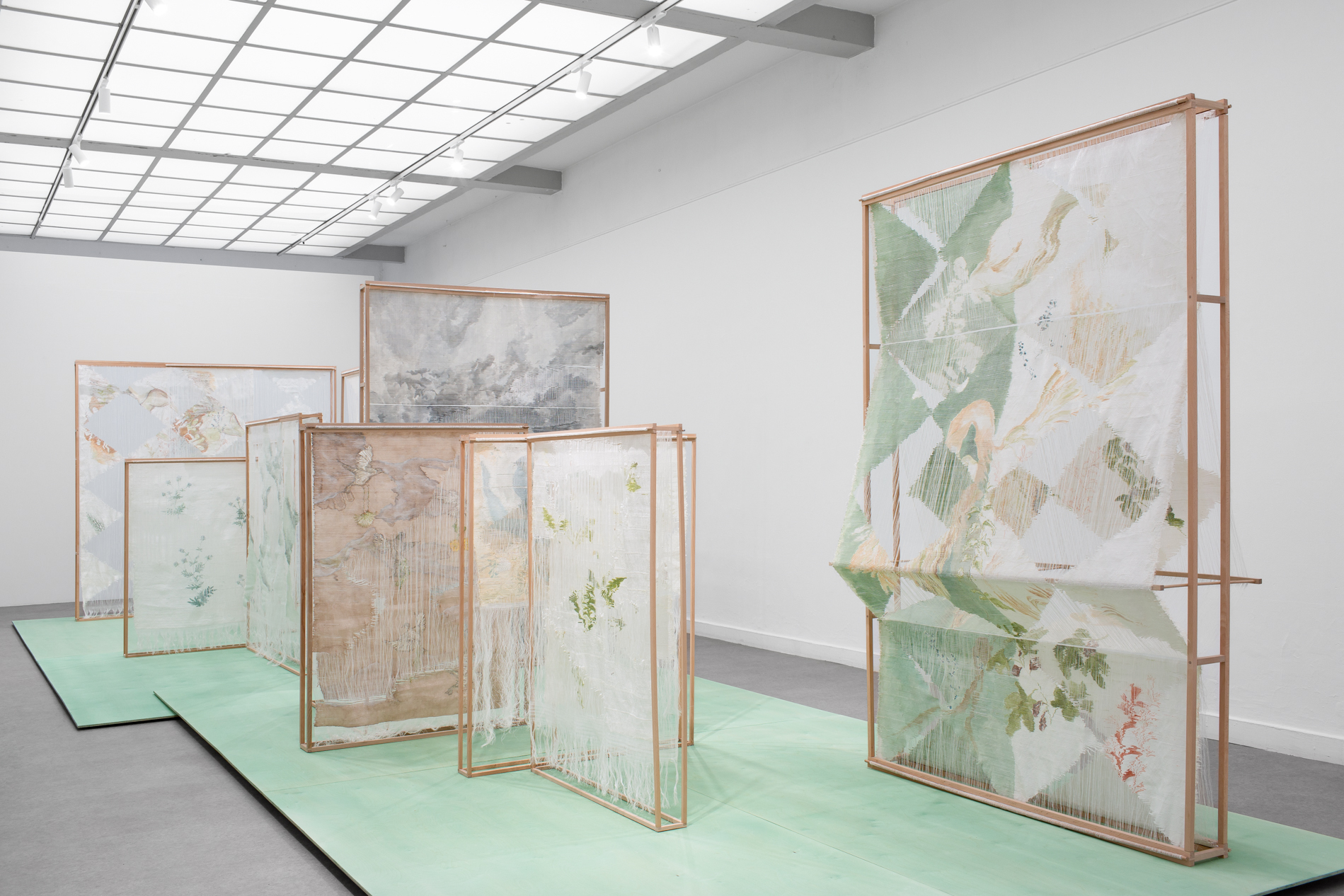
Exhibition view Élise Peroi « Peut-être ce jardin n’existe-t-il qu’à l’ombre de nos paupières baissées », 2022, CACC.
Advertisement
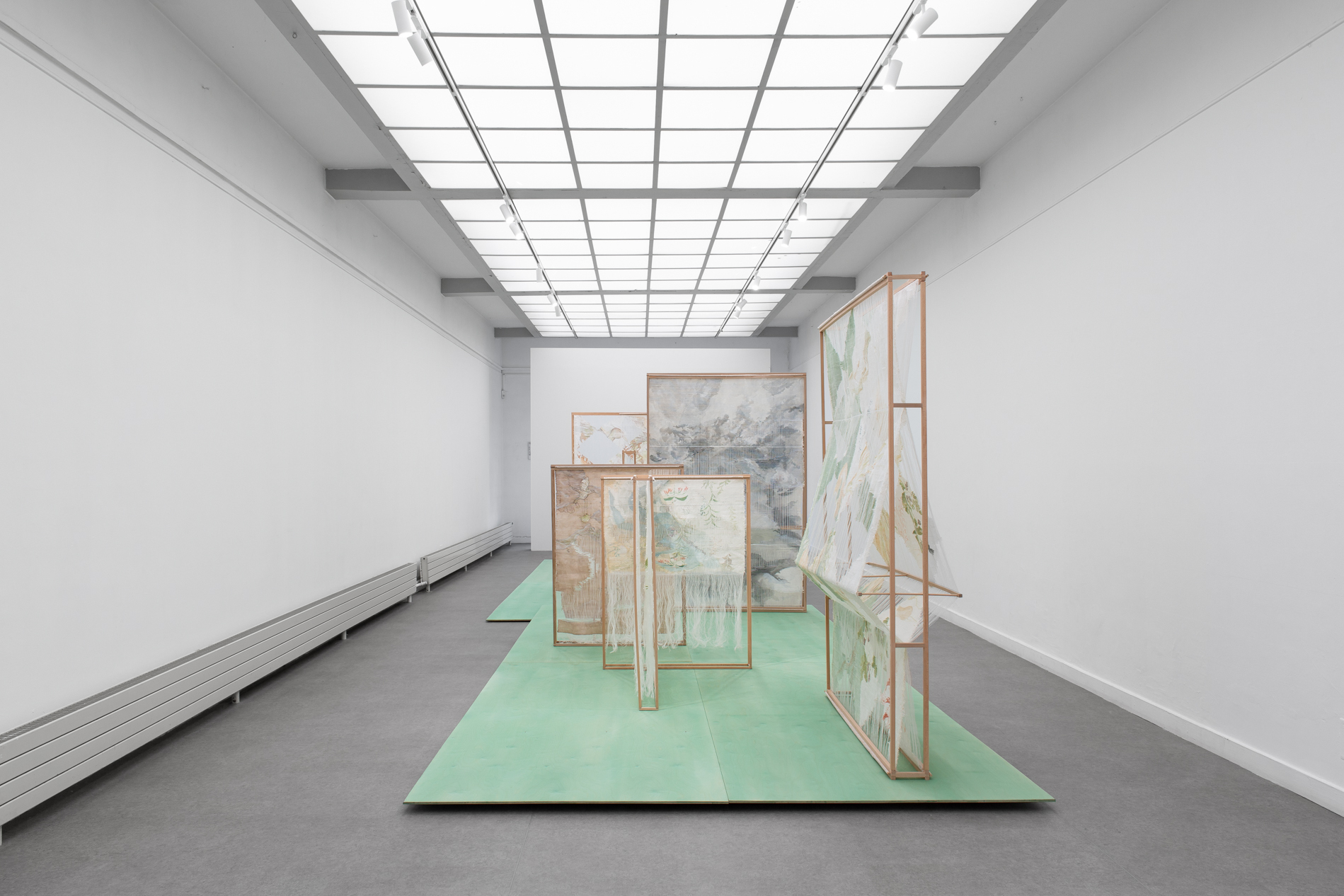
Exhibition view Élise Peroi « Peut-être ce jardin n’existe-t-il qu’à l’ombre de nos paupières baissées », 2022, CACC.
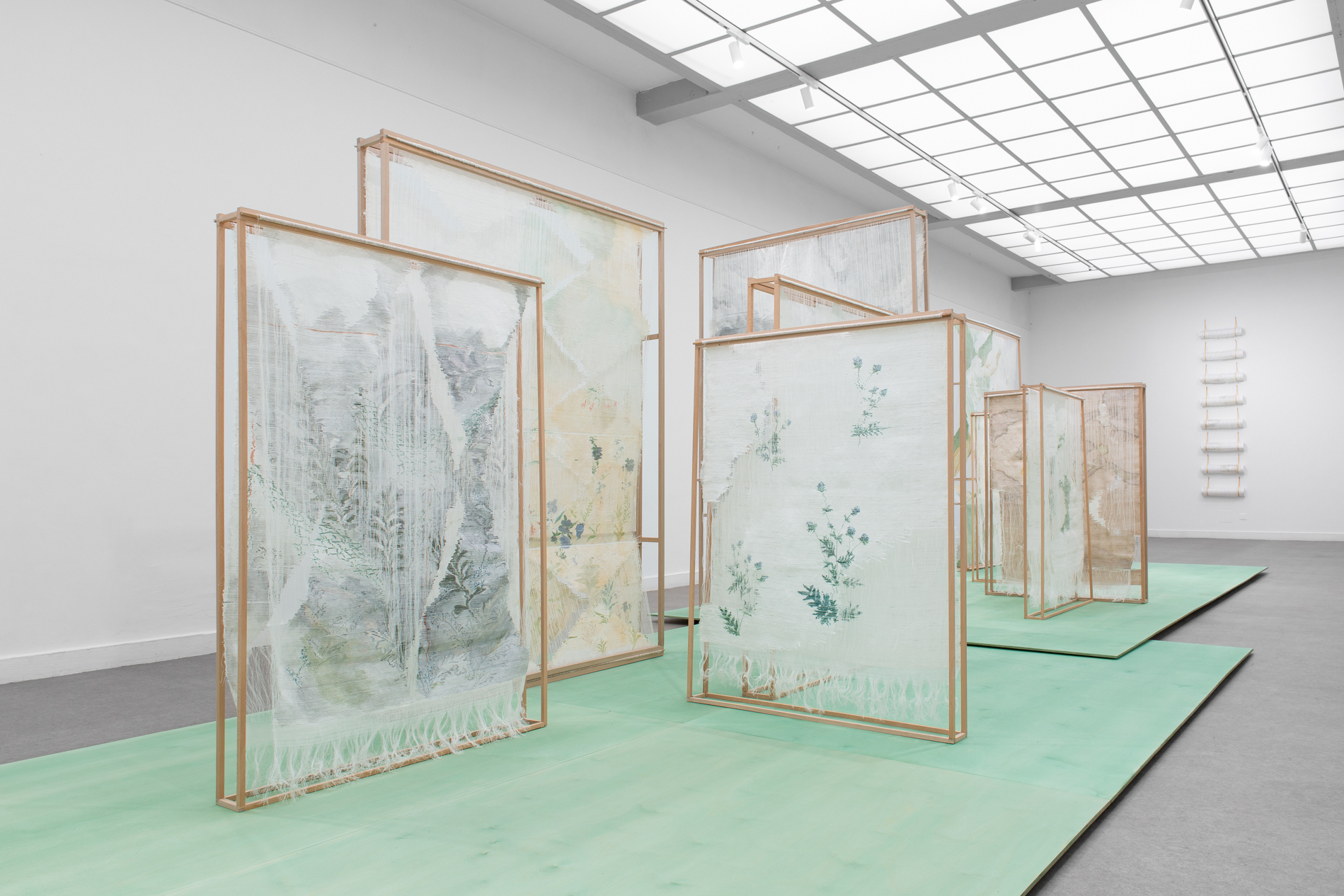
Exhibition view Élise Peroi « Peut-être ce jardin n’existe-t-il qu’à l’ombre de nos paupières baissées », 2022, CACC.
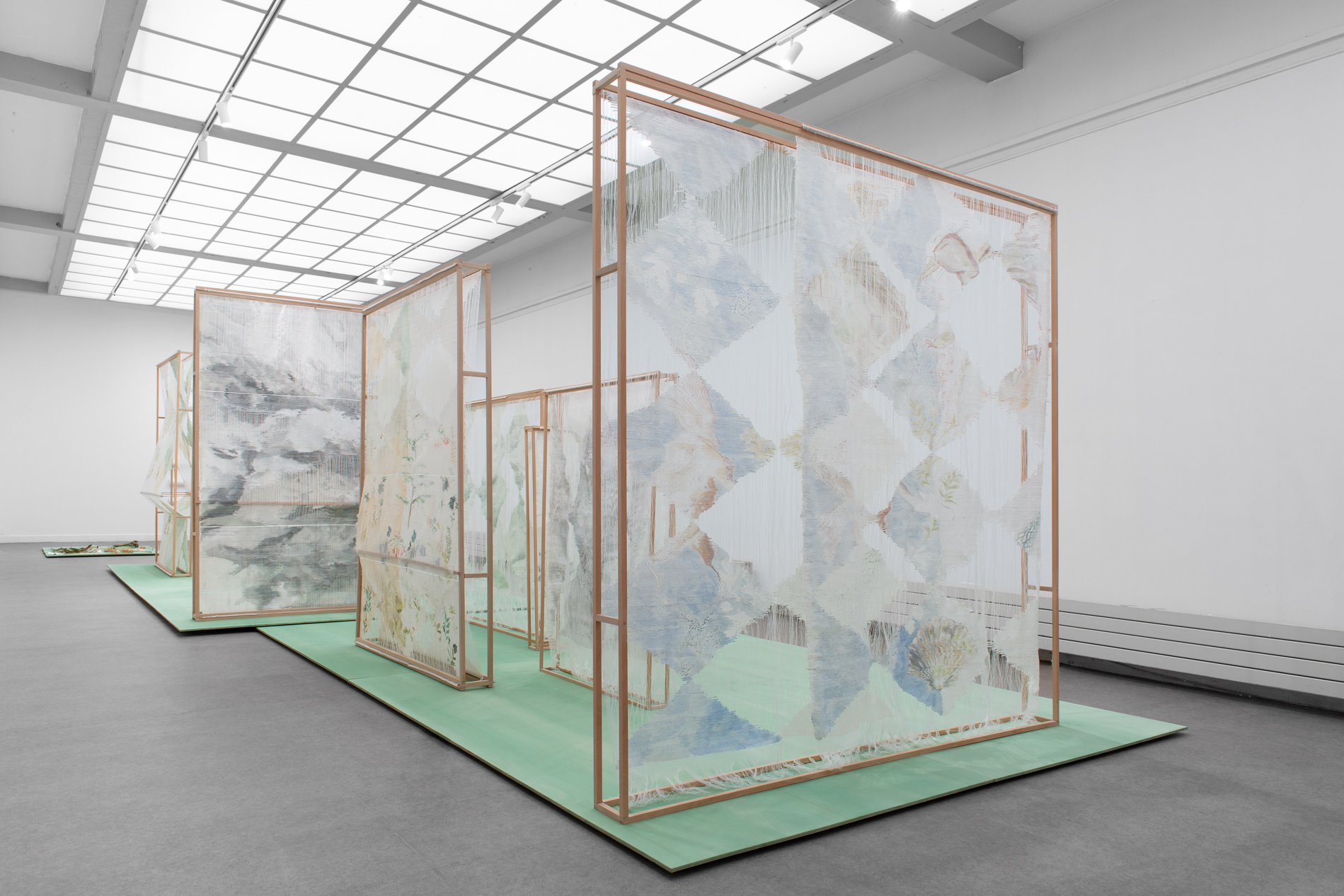
Exhibition view Élise Peroi « Peut-être ce jardin n’existe-t-il qu’à l’ombre de nos paupières baissées », 2022, CACC.
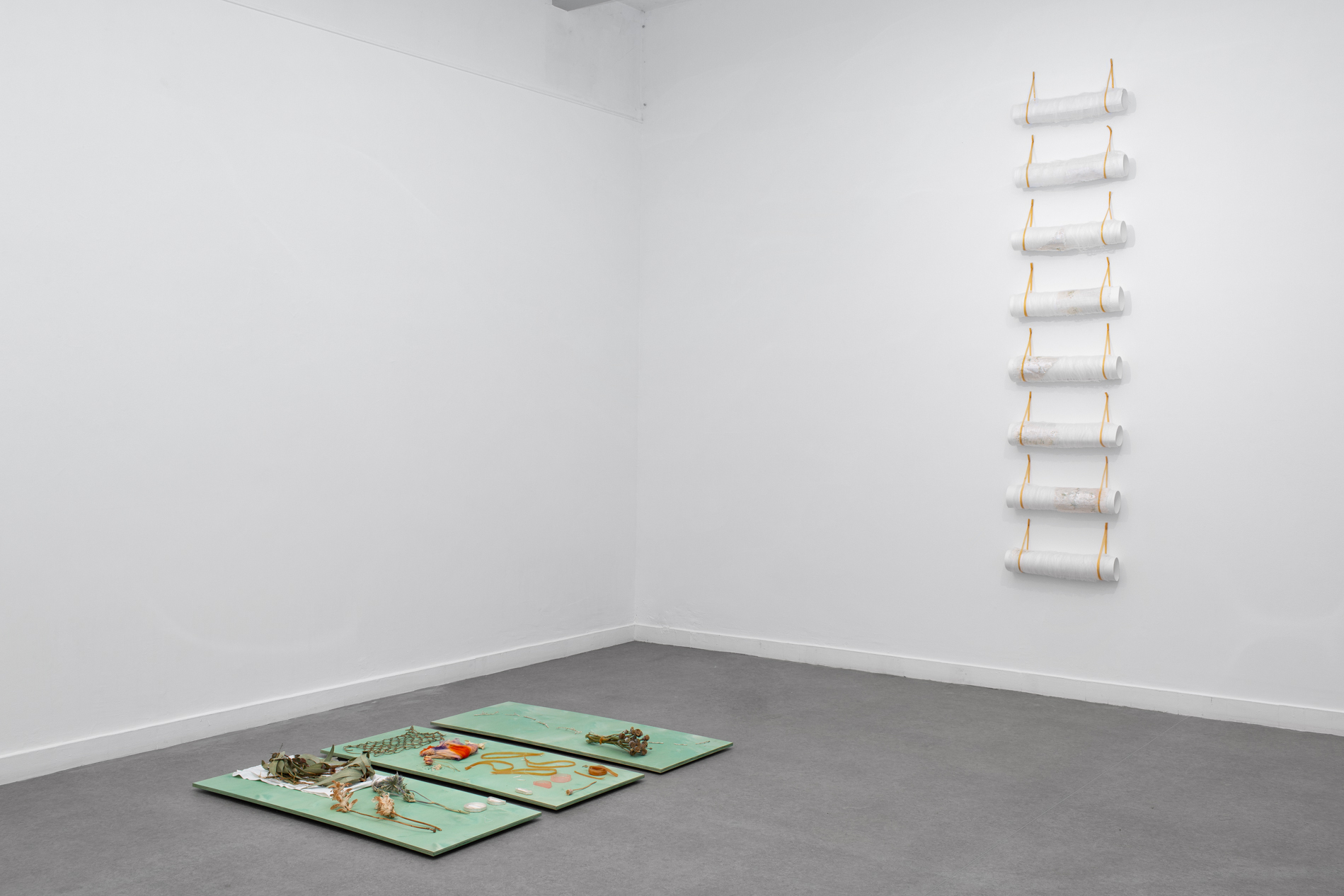
Exhibition view Élise Peroi « Peut-être ce jardin n’existe-t-il qu’à l’ombre de nos paupières baissées », 2022, CACC.
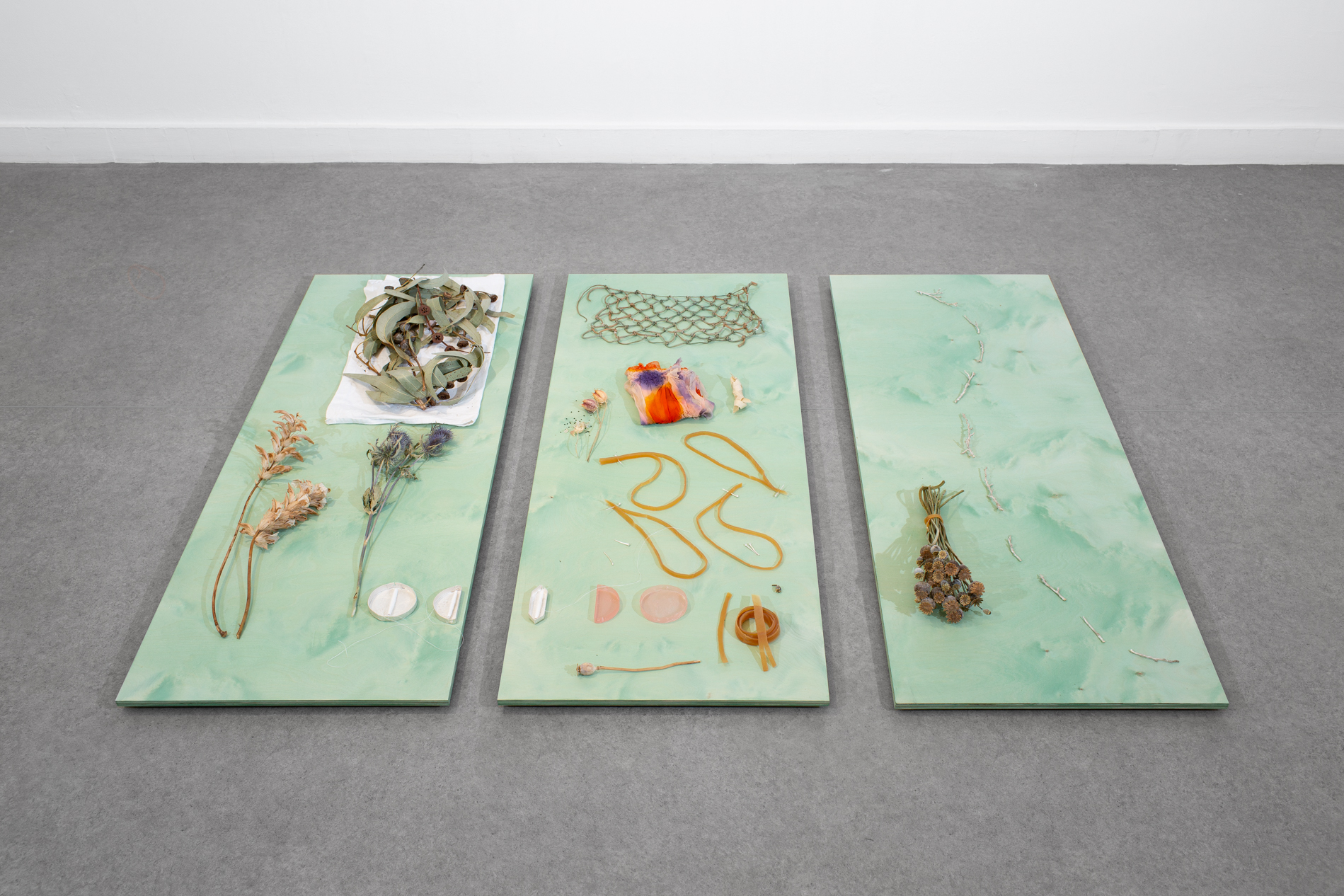
Exhibition view Élise Peroi « Peut-être ce jardin n’existe-t-il qu’à l’ombre de nos paupières baissées », 2022, CACC.
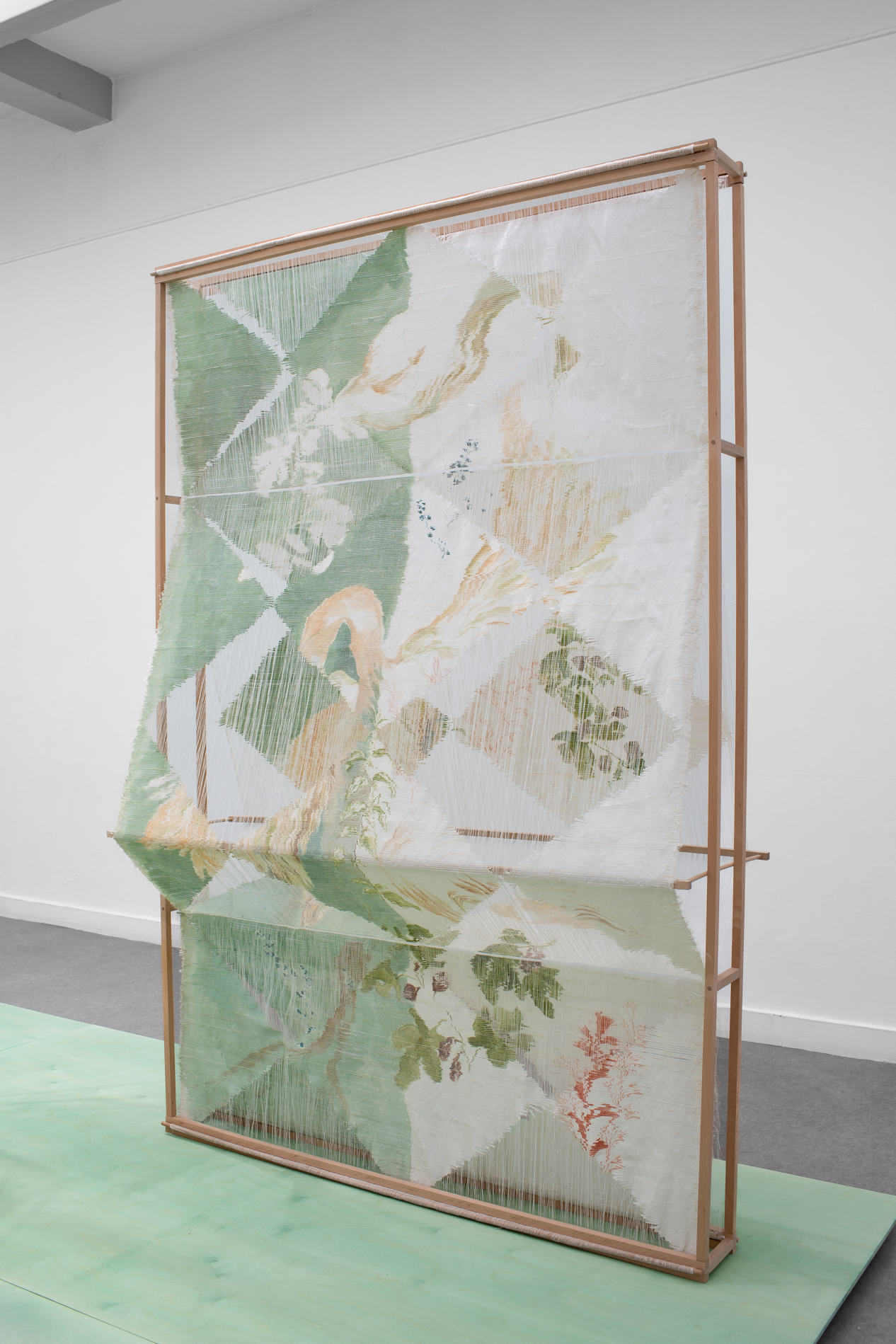
Exhibition view Élise Peroi « Peut-être ce jardin n’existe-t-il qu’à l’ombre de nos paupières baissées », 2022, CACC.
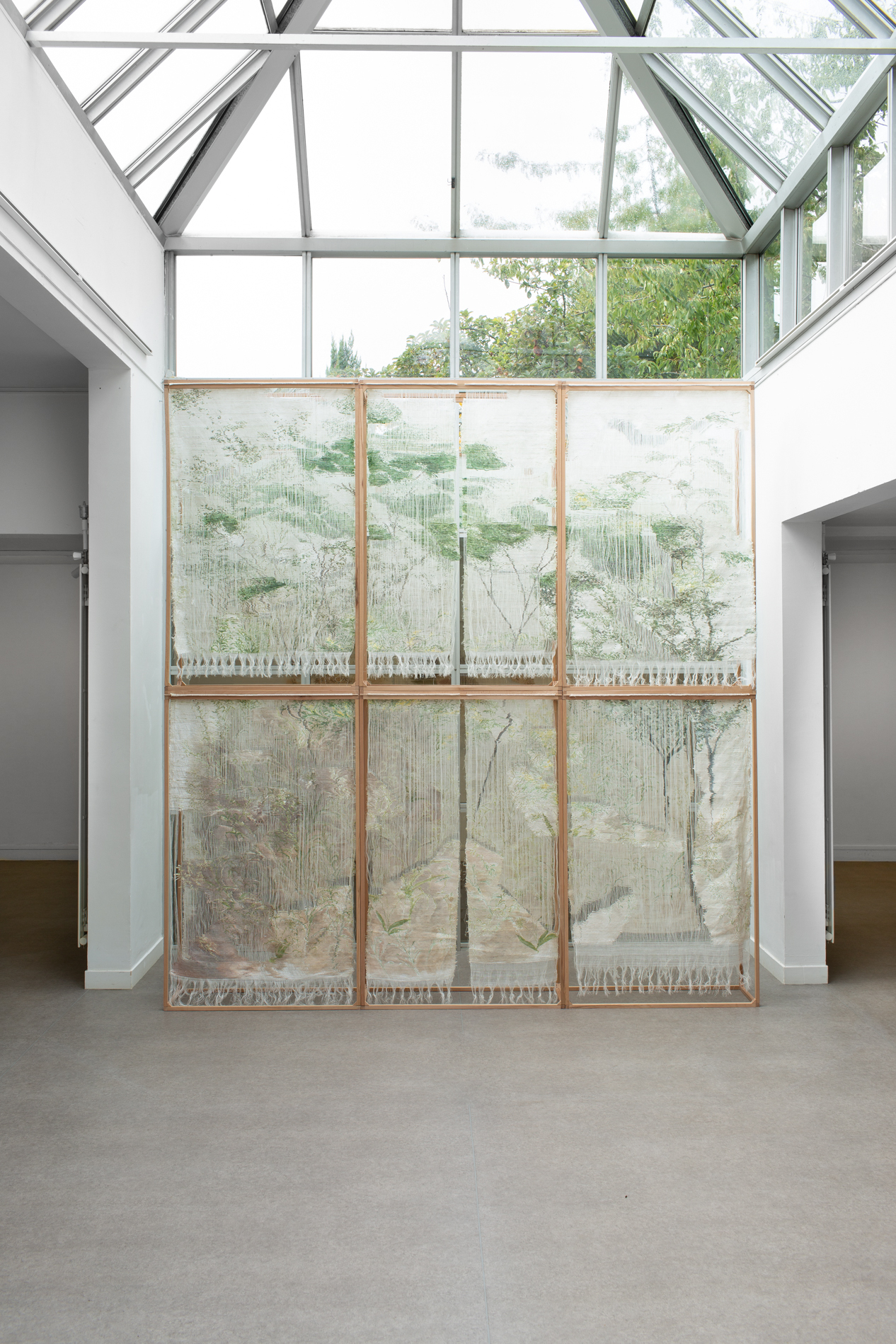
Exhibition view Élise Peroi « Peut-être ce jardin n’existe-t-il qu’à l’ombre de nos paupières baissées », 2022, CACC.
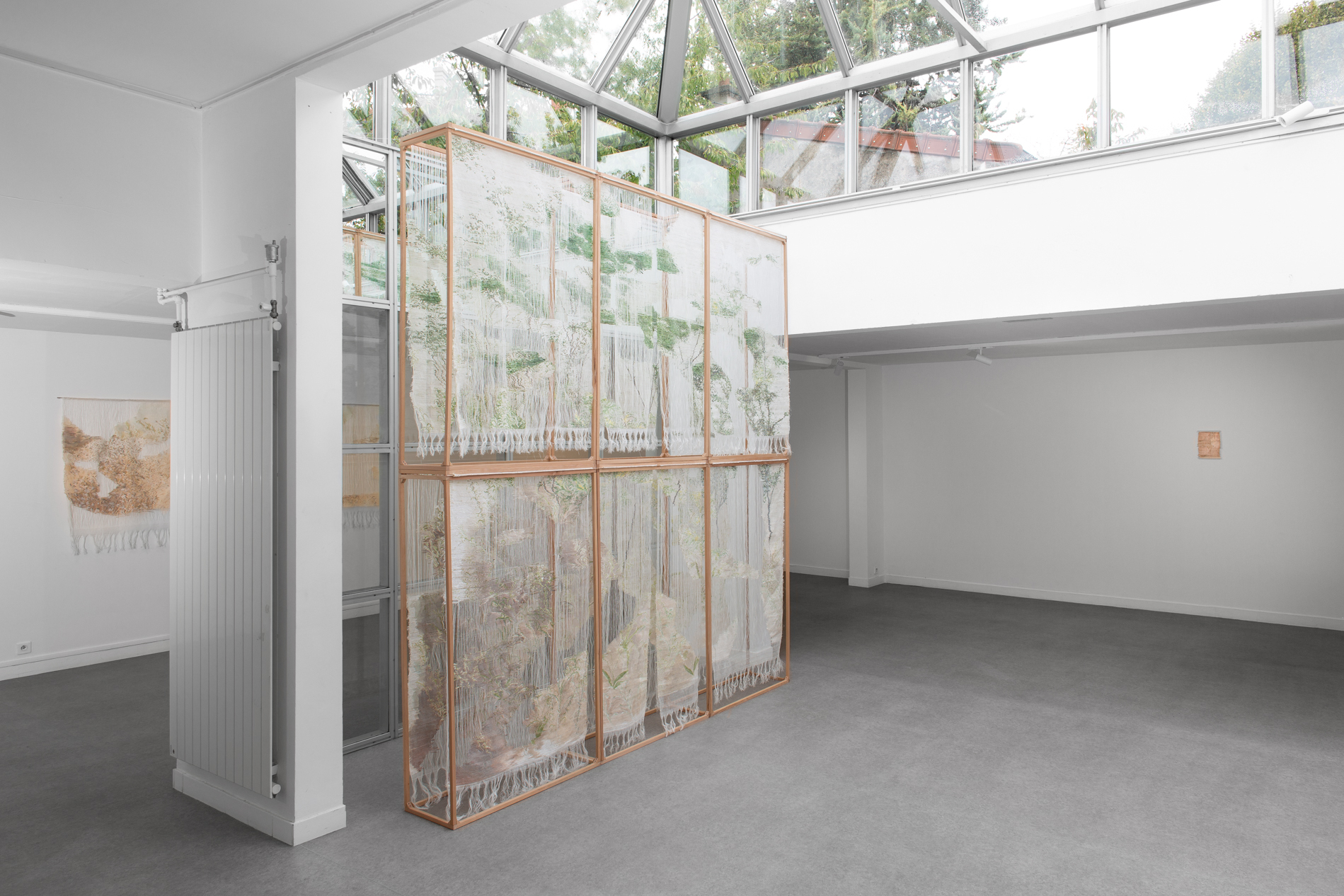
Exhibition view Élise Peroi « Peut-être ce jardin n’existe-t-il qu’à l’ombre de nos paupières baissées », 2022, CACC.
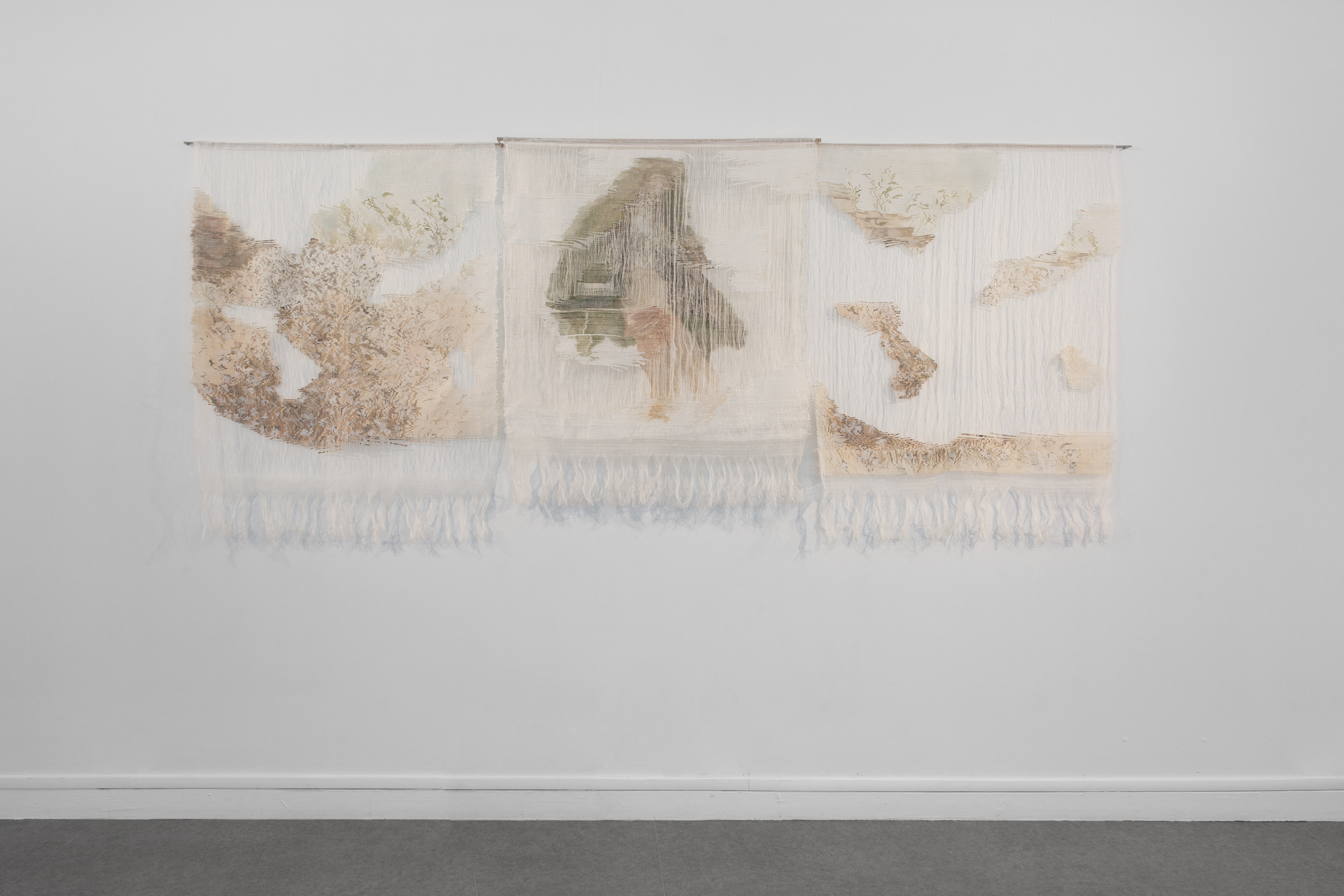
Exhibition view Élise Peroi « Peut-être ce jardin n’existe-t-il qu’à l’ombre de nos paupières baissées », 2022, CACC.
Élise Peroi’s structural installations are at the same time paintings, weavings, or – and maybe even more so - sculptures... Somewhat like a nature on the move, a standing garden - dreamed or fantasized -, a sensitive and fragile echo to Michel Foucault's Heterotopias and Italo Calvino's Invisible Cities. Élise Peroi never stops exploring the art of weaving in her architectural installations, featuring rising supporting structures, and more recently through her garden layouts placed on the ground, like carpets de-composed and then reconstructed from textile works and natural materials. A work, - or should we say a glance - that calls for fullness and emptiness, always closely related to the surrounding elements: the vegetal world of course, but also the minerals, light and shadow, even the very air that we breathe. Élise Peroi searches at the same time a way to represent the breath of the landscape and the landscape itself as an inhabited place. Inspired by the book Vivre de paysage ou L’impensé de la Raison byFrançois Jullien, she tries to convey an embracing vision of the world, where everything that surrounds us "is no longer a matter of "view", but is all about living".
Jean-Marc Dimanche

